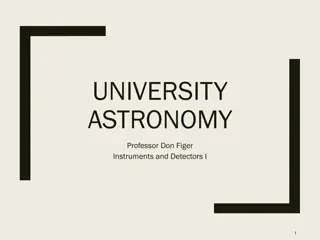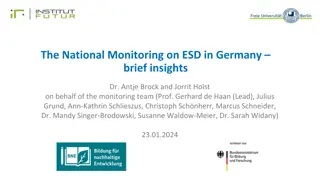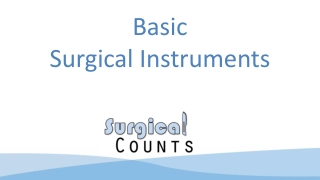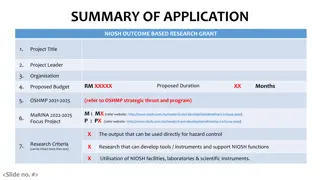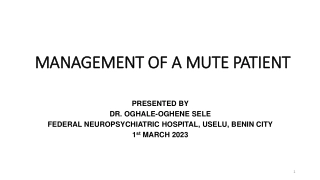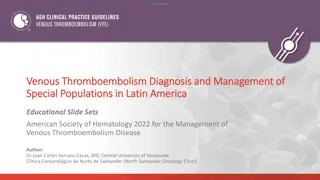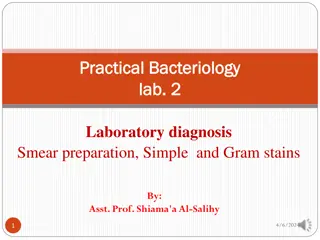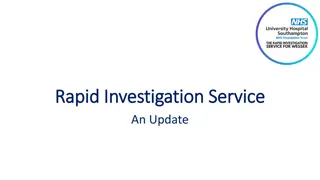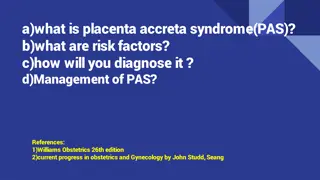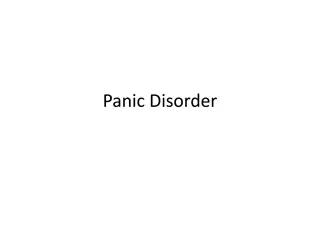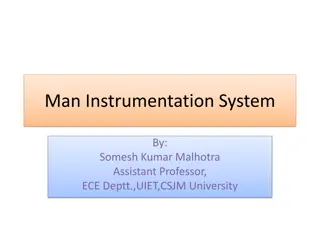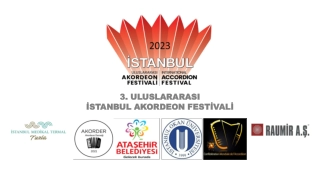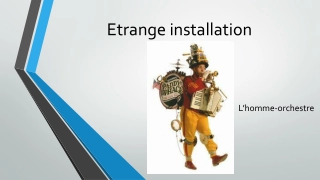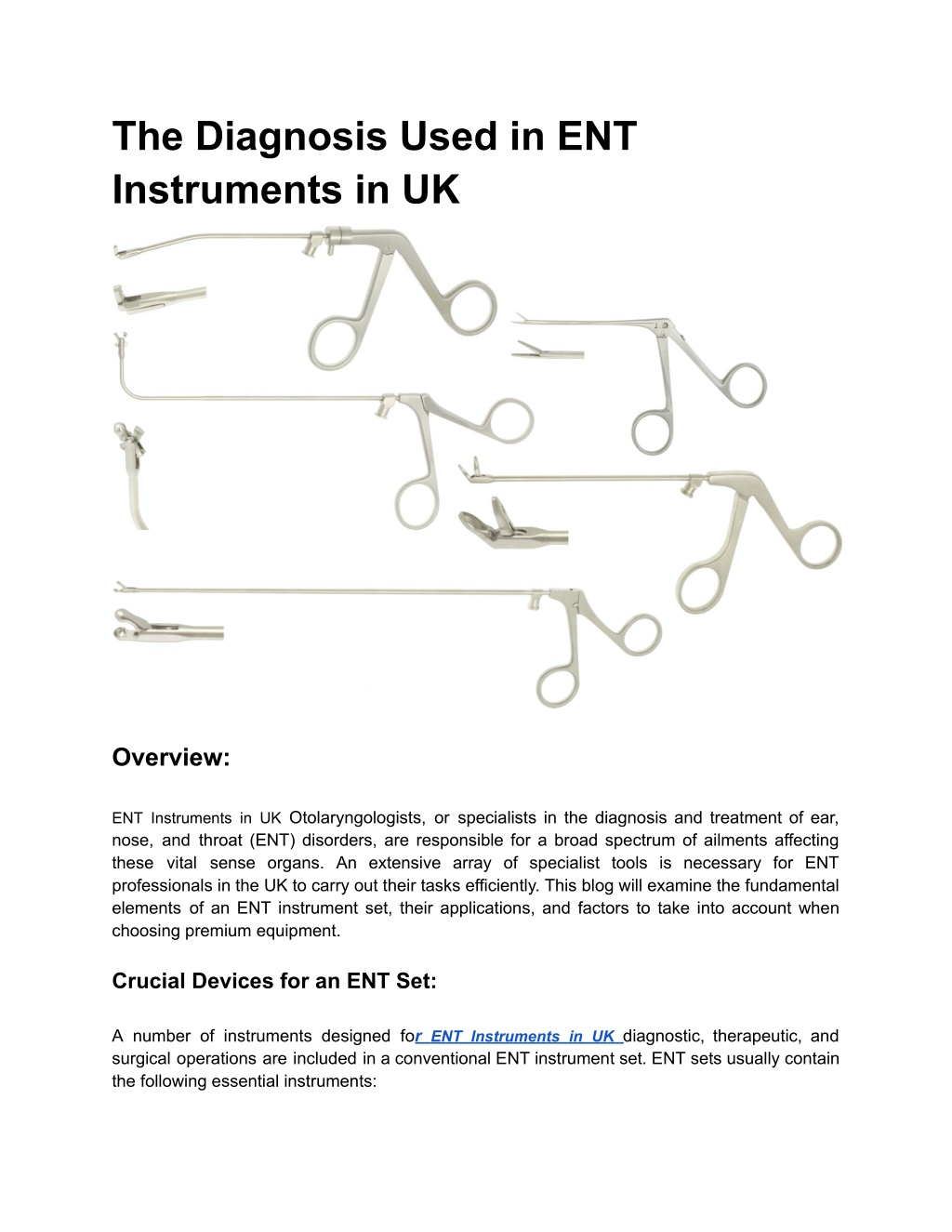
The Diagnosis Used in ENT Instruments in UK
ENT Instruments in UK Otolaryngologists, or specialists in the diagnosis and treatment of ear, nose, and throat (ENT) disorders, are responsible for a broad spectrum of ailments affecting these vital sense organs.
Download Presentation
Please find below an Image/Link to download the presentation.
The content on the website is provided AS IS for your information and personal use only. It may not be sold, licensed, or shared on other websites without obtaining consent from the author. Download presentation by click this link. If you encounter any issues during the download, it is possible that the publisher has removed the file from their server.
Presentation Transcript
The Diagnosis Used in ENT Instruments in UK Overview: ENT Instruments in UK Otolaryngologists, or specialists in the diagnosis and treatment of ear, nose, and throat (ENT) disorders, are responsible for a broad spectrum of ailments affecting these vital sense organs. An extensive array of specialist tools is necessary for ENT professionals in the UK to carry out their tasks efficiently. This blog will examine the fundamental elements of an ENT instrument set, their applications, and factors to take into account when choosing premium equipment. Crucial Devices for an ENT Set: A number of instruments designed for ENT Instruments in UK diagnostic, therapeutic, and surgical operations are included in a conventional ENT instrument set. ENT sets usually contain the following essential instruments:
Otoscope: A vital diagnostic instrument for inspecting the eardrum and canal. It aids in determining blockages, infections, and other ear-related problems. A rhinoscope is a tool used to look inside the nasal cavity. Examining the sinuses and nasal cavities non-invasively is possible with a flexible rhinoscopy. Laryngoscope: This device makes it possible to examine the vocal cords and larynx, which is essential for identifying breathing and voice issues. Nasal Speculum: A device that opens the nostrils during a nasal examination to improve access and visibility. Tuning Fork: Used in hearing examinations to assess auditory function and identify hearing impairment. Forceps: A variety of forceps kinds are used for delicate surgical procedures, extracting foreign objects from tissues, and gripping and manipulating tissues. Suction devices: During surgical procedures, these are vital for clearing the field of vision by sucking out blood, mucus, or other fluids. Endoscopes: Sturdyand flexible endoscopes are used to see the ear, nose, and throat in great detail, which helps with diagnosis and surgical procedures. Diseased Tissue While Maintaining Healthy: In order to remove diseased tissue while maintaining healthy structures. Microdebriders are used during sinus surgeries. Advanced instruments for accurate cutting, coagulation, and tissue ablation. With little harm to neighboring tissues are radiofrequency devices and lasers. Applications of ENT Instruments: ENT instruments are used for specialized reasons in the diagnosis and treatment of disorders related to the throat, nose, and ears. Diagnostic procedures: To diagnose infections, blockages, tumors, and other abnormalities, instruments such as otoscopes, rhinoscopy, and laryngoscopes are essential. Therapeutic Procedures: By extracting foreign objects, draining abscesses, or making small adjustments, instruments like forceps and suction devices are utilized to treat ailments. Surgical interventions: sophisticated tools such as microdebriders, endoscopes, andFor complex surgeries to be completed with extreme precision and minimal invasiveness, lasers are necessary.
Factors to Take into Account When Choosing ENT Devices: Healthcare providers in the United Kingdom need to take into account many criteria while choosing ENT tools in order to guarantee optimal quality and efficacy. Material and Durability: To resist repeated sterilizations and uses, instruments should be constructed from premium stainless steel or other robust materials. Ergonomics: Comfort and simplicity of use are key factors in instrument design, as they minimize tiredness during extended treatments and improve precision. Precision and Accuracy: To guarantee the best possible results and reduce patient danger, tools used in delicate ENT procedures must have a high degree of precision. Manufacturer dependability and compliance with medical guidelines. Reputation: Choosing devices from respectable producers guarantees Sterilization Compatibility: Tools need to work with common sterilization procedures.to guarantee patient safety and avoid infection. Cost-Effectiveness: Although quality should never be sacrificed, it is crucial to take the instruments' cost-effectiveness into account, particularly for healthcare facilities that are on a tight budget. Trends and Innovations in ENT Instruments: Technological developments are driving the creation of new tools and procedures in the field of ENT, which is always changing: Minimally Invasive Surgery: As the popularity of minimally invasive treatments rises, it is becoming more and more necessary to design smaller, more accurate devices that shorten recovery times for patients and enhance results. Robotic Surgery: Increasingly used in ENT, robotic-assisted surgery reduces patient trauma while providing more control and precision during intricate procedures. Single-Use Instruments: Because of their ease of use and lower risk of cross-contamination, disposable instruments are growing in popularity. ProgressionImaging Techniques: With the advancement of Endoscopic Cameras and imaging technology, inside structures are becoming more visible, which is contributing to more precise diagnoses and effective therapies.
Consultation: In order to provide patients with ear, nose, and throat disorders with the best care possible, an ENT instrument set needs to be well-stocked. In the UK, choosing these instruments necessitates giving great thought to their functionality, design, and substance. Healthcare professionals may make sure they have the most resources available to them in order to deliver effective and efficient ENT care by keeping up with the most recent advancements and trends.

